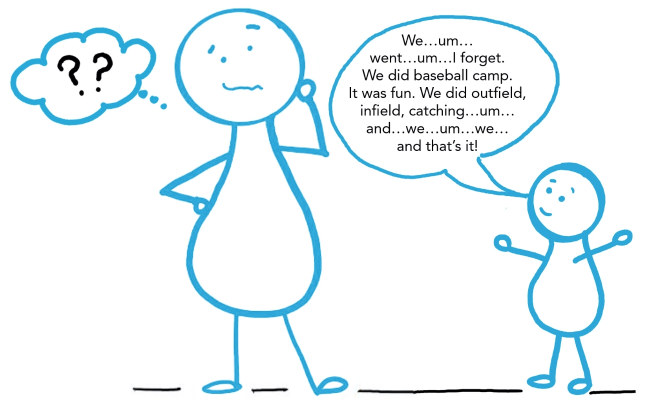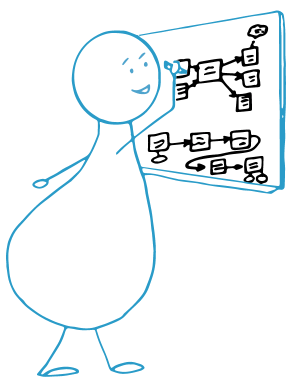For SLPs and K-12 educators, Administrators in need of professional development for less than 25 staff.
For administrators in need of professional development for 25+ staff.
For some students, language is a struggle.
What they say doesn’t make sense. What they write doesn’t make sense. They don’t always make sense of what they hear or read either.
They’re in a ![]() It’s so hard to be them. And it’s so hard to teach them!
It’s so hard to be them. And it’s so hard to teach them!


All languages are based on patterns. We recognize words, different kinds of sentences, and longer “chunks” of language because they follow predictable patterns.
Sounds great but...
Most children figure out how language is organized intuitively, but some don’t. Students who have trouble catching onto patterns can feel like everyone got a secret decoder ring except for them.
They might recognize the words when they listen or read, but they hit a wall when it comes to making sense of the message. In an instant, they feel lost, confused, and overwhelmed.
So many say, “I have ideas. Tons of them! I just don’t know how to get them out of my head in a way that makes sense.” It’s so frustrating!
Lost in a muddle, their learning comes to a screeching halt.

Brain Frames make the invisible visible. They’re visual tools that organize language we use all the time in and outside of school.
Brain Frames show students how to organize their ideas so they can see each of these language patterns graphically.

Over 20+ years of research and development shows that there are ways to teach all students to organize and learn efficiently. Thousands of teachers have used Brain Frames to help students listen, speak, read, write, remember, and think critically. Everyone wins.

Pre-made graphic organizers were organized by someone else! With Brain Frames, students do the drawing. They decide how to organize their ideas.
It turns out that just six can make all the difference when it comes to effective teaching and learning.
A few months ago, a colleague asked me what makes teaching hard. Without blinking, I responded, “A lot of students are disorganized.” I didn’t mean messy. I meant internally disorganized — their language and thinking and ways of approaching hard tasks get all scrambled.
The result? They don’t make sense. They don’t make sense of what they read or what others say to them. They don’t make sense when they explain something or write. They’re muddled up. I have an undying commitment to give teachers tools to change that.
Over years, my team and I have developed teaching methods that help both teachers and students organize language. Now, we’re on a mission to bring these methods to a million educators in the next decade.
It would be a privilege to teach these methods to you.

For SLPs and K-12 educators, Administrators in need of professional development for less than 25 staff.
For administrators in need of professional development for 25+ staff.